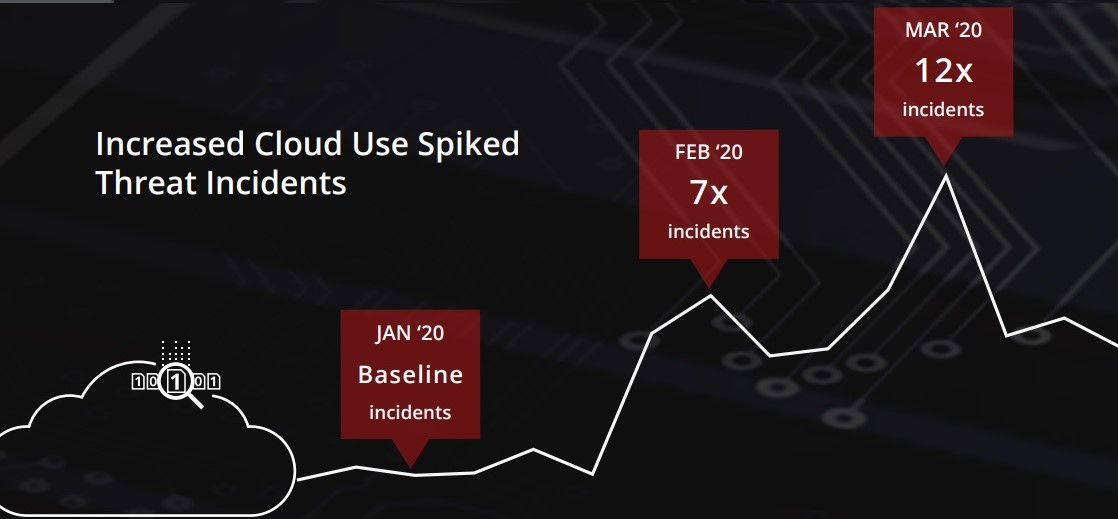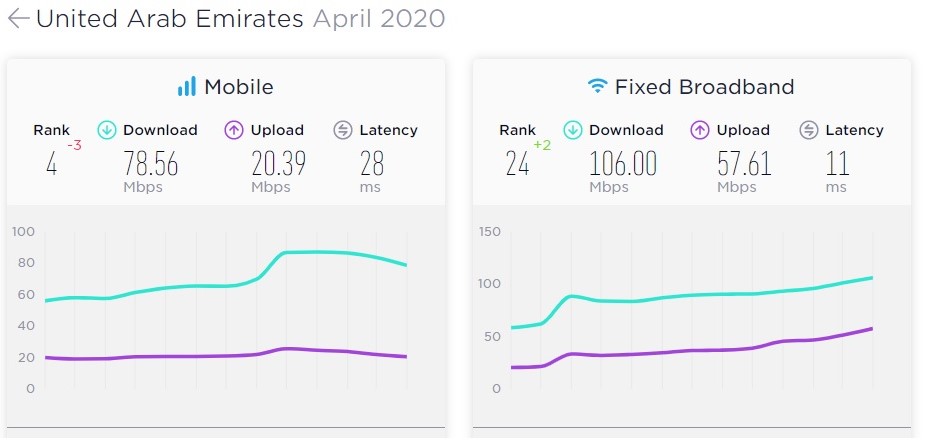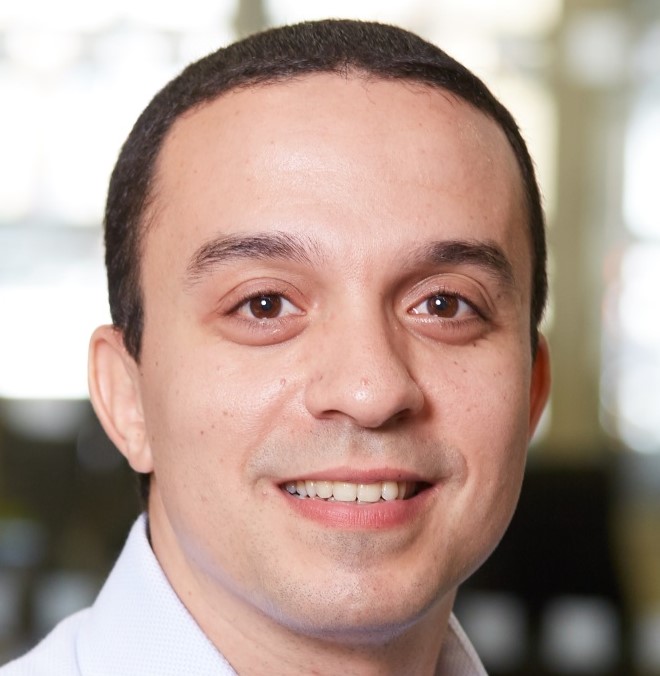Global technologists are under immense pressure to step up and start operating at the highest level of their professions as they are grappling with surging demand and mounting pressures to accelerate digital transformation strategies in response to Covid-19, said an industry expert.
With no chance to prepare, Gregg Ostrowski, Regional CTO at AppDynamics, part of Cisco, said that IT departments are facing a brand new set of priorities and challenges, and technologists are suddenly under immense pressure to deliver the infrastructure, applications and security required to maintain world-class digital experiences, both internally and externally.
He said that enterprises are forced to shift overnight to an almost completely digital world and deliver high performing digital experiences to customers and employees at a time when the survival of the business is resting on their shoulders.
Large sections of the workforce have suddenly found themselves working at home, without the connectivity, devices and software to be effective, and often lacking the skills and knowledge to resolve simple issues and it has fallen on the IT departments to tackle this problem.
Digital services and applications are essential in keeping workforces productive at home, Ostrowski said, and therefore it is vitally important that IT departments can handle huge surges in demand which means that having the right tools is a must to monitor and manage the technology stack, from the user experience at the application layer, right through to the network.
Moreover, he said that they have to do this in real-time, through a period of massive change and often whilst working remotely and, at the same time, they [IT professionals] are told to do jobs that they haven’t done it in the past.
According to a survey conducted by AppDynamics, 81% of technologists globally (same for UAE) state that Covid-19 has created the biggest technology pressures for their organisations they have ever experienced.
In November 2018, AppDynamics released a global study reporting that Agents of Transformation, those elite technologists driving successful digital transformation, made up only 9% of the world’s technologists. The number was alarmingly small, but there was hope - 97% of global technologists had the ambition and desire to innovate, drive change and digitally transform their organisations.
“The Agents of Transformation programme was to understand the challenges what the technologists had and try to understand their personalities or aspirations and where they want to see their careers going,” Ostrowski said.
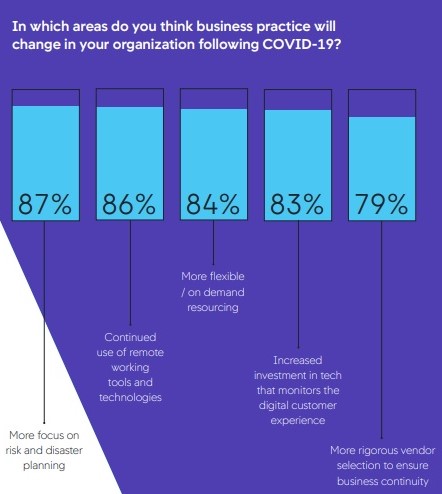
Scale and urgency of task at hand
Agents of Transformation possess all the personal skills and attributes needed to drive innovation, and they operate within organisations that have the right culture, leadership and tools in place to enable successful digital and business transformation.
Due to the pandemic, Ostrowski said that the need for greater numbers of technologists to step up as Agents of Transformation has not changed.
Moreover, he said that what was once seen as a ten-year personal journey for technologists to climb to the summit of their profession has now become an immediate “necessity”.
“What has dramatically changed is the urgency. Organisations need technologists to fulfil their potential, drive innovation and perform at the very highest level, not in the future, but today. This is how businesses, and our wider communities, can respond most effectively and quickly to the current crisis - and how we can rebuild our economies and return to growth in the months ahead,” he said.
The research finds that technologists are experiencing pressures from all sides, accelerating digital transformation projects, mobilising huge sections of the workforce to operate from home, while at the same time needing to manage their network and maintain security throughout the technology stack.
Everything has changed, Ostrowski said and added that structures and processes have been turned upside down and priorities have radically shifted, with individual roles and responsibilities having to adapt to meet them.
“Organisations urgently have to adapt their go-to-market strategies and create and launch new digital services and applications in the current environment,” he said.
With such pressure to deliver projects at this incredible pace, he said that there is no time for lengthy planning cycles and comprehensive proof of concept testing.
“Compromises have to be struck and many technologists are concerned that future-proofing is taking a back seat.”
Unsurprisingly, given the scale and urgency of the task at hand, he said that technologists are encountering many challenges as they navigate these unchartered waters.
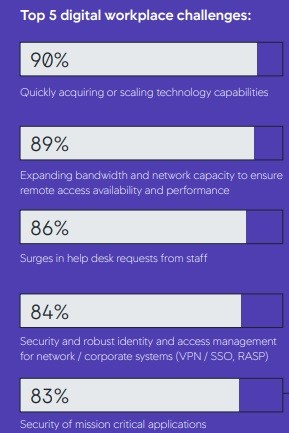
Unprecedented challenges
“These range from handling dramatic increases in website traffic and demand for applications to expanding capabilities for self-service and digital sales, and maintaining Mean Time to Resolution (MTTR) levels whilst operating as a remote IT department,” Ostrowski said.
Today, the application is the business, and more than ever, he said that technologists must find ways to ensure they have access to the tools and accurate data they need to make informed, strategic decisions in real-time, and connect application and digital performance to key business outcomes.
“Organisations need to recognise that only with the right actionable insights can technologists succeed in delivering the highest levels of performance across all digital services, and enhancing digital experiences for customers during the pandemic and beyond,” he said.
Moreover, he said that business and IT leaders need to identify and support those elite technologists that have the skills, vision and determination to deliver digital transformation and innovation in these most testing of circumstances.
“It is these Agents of Transformation that are uniquely capable of tackling the unprecedented challenges presented by the pandemic,” he said.
The impact of Covid-19 will be long-lasting, far beyond the easing of restrictions on how people work, travel and interact, he said and added that things will not simply go ‘back to normal’.
“Organisations must do all they can to provide their technologists with the tools, leadership and support they need to accelerate their journey to become an Agent of Transformation and deliver the positive business outcomes required at this time,” he added.
Key UAE findings
- 61% of IT professionals globally (72% in UAE) feel under more pressure at work than ever before.
- 64% globally (66% in UAE) are now being asked to perform tasks and activities they have never done before.
- 66% of technologists globally (67% in UAE) confirm that the pandemic has exposed weaknesses in their digital strategies, creating an urgent need to push through initiatives that were once part of multi-year digital transformation programs.
- 71% globally (78% in UAE) says digital transformation projects in their organisation have been implemented within weeks rather than the months or years it would have taken before the pandemic.
- 95% globally (99% in UAE) of organisations changed their technology priorities during the pandemic.
- 87% of technologists (88% in UAE) see this time as an opportunity to show their value to the business.
- 81% of technologists (81% in UAE) state that Covid-19 has created the biggest technology pressure for their organisation they have ever experienced.
- 83% of respondents (89% in UAE) state that Agents of Transformation are critical for businesses to recover quickly from the pandemic.
- Technology becomes most targeted industry by cybercriminals in 2019
- ICT spending in Mideast, Turkey and Africa revised down further due to Covid-19
- Only a third of CFOs in Mideast to make remote working a permanent option

